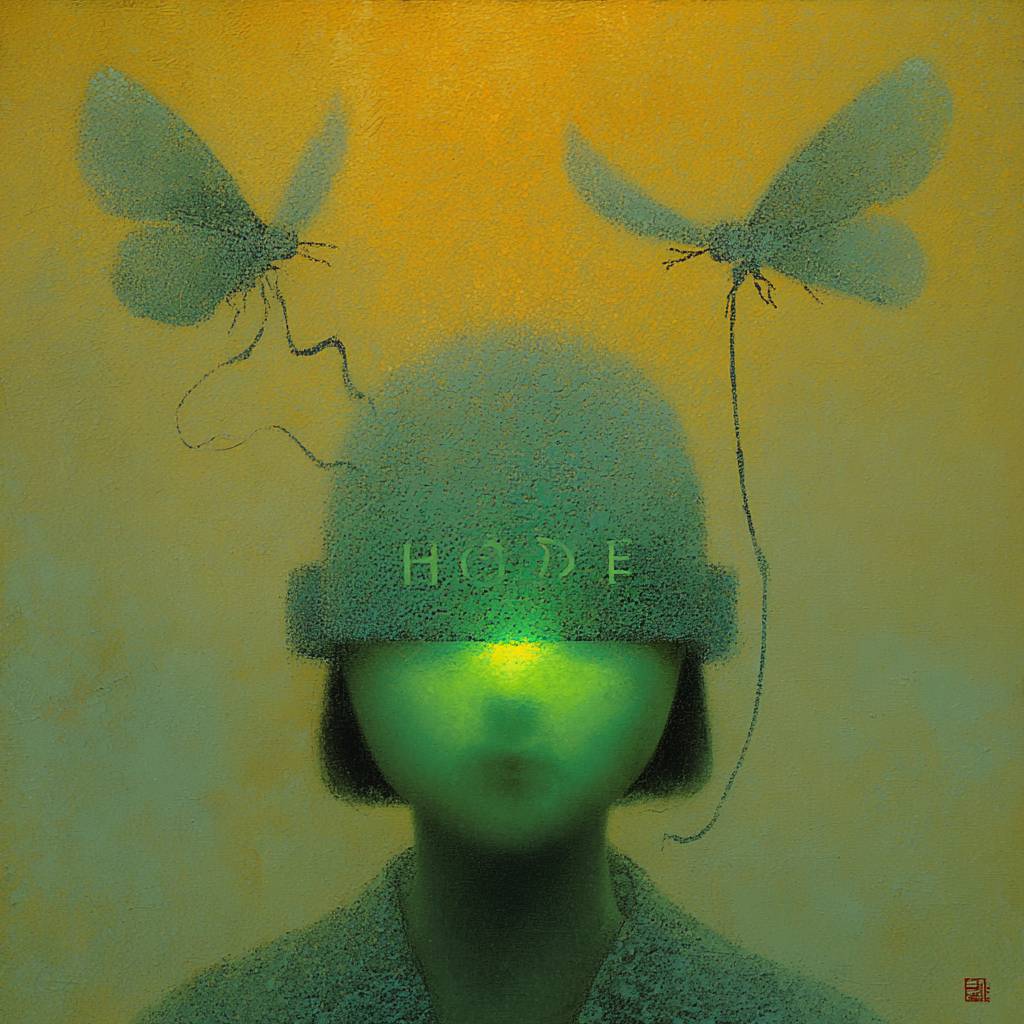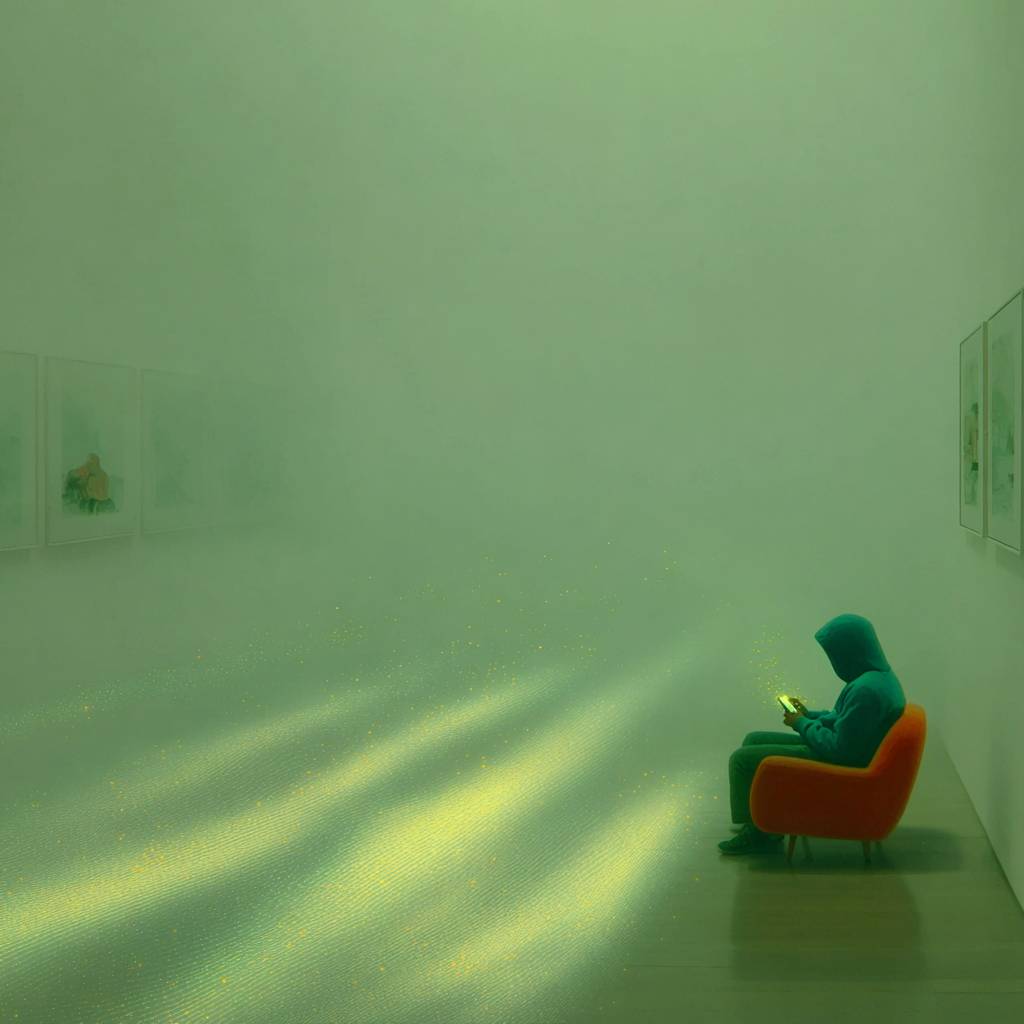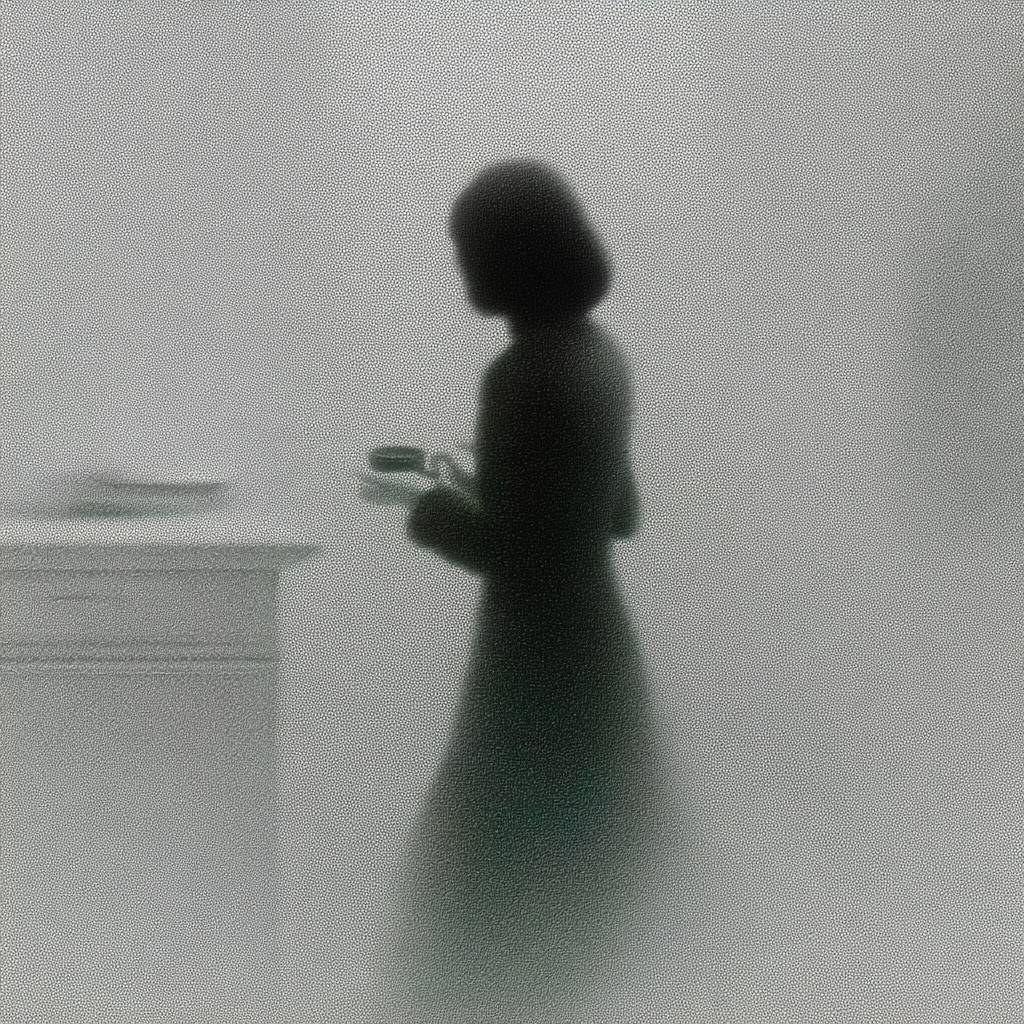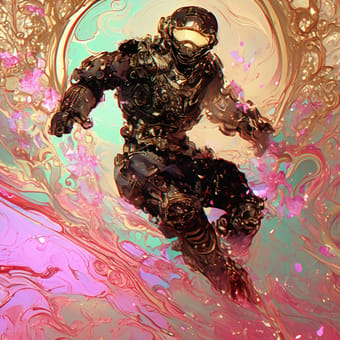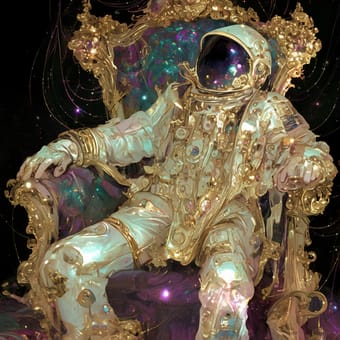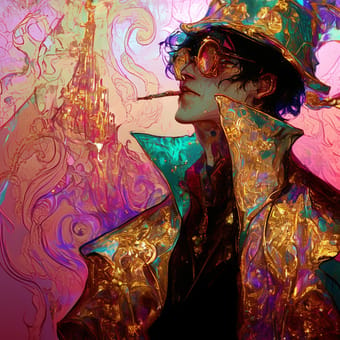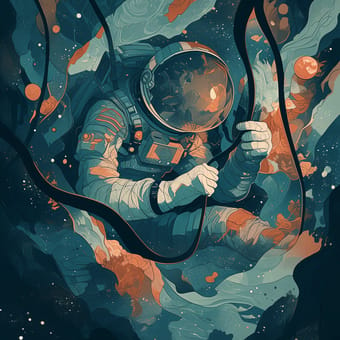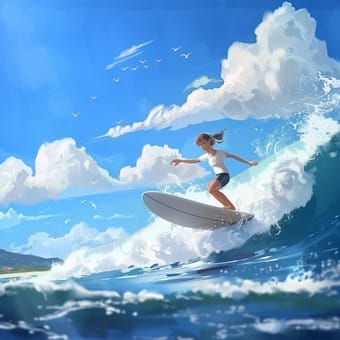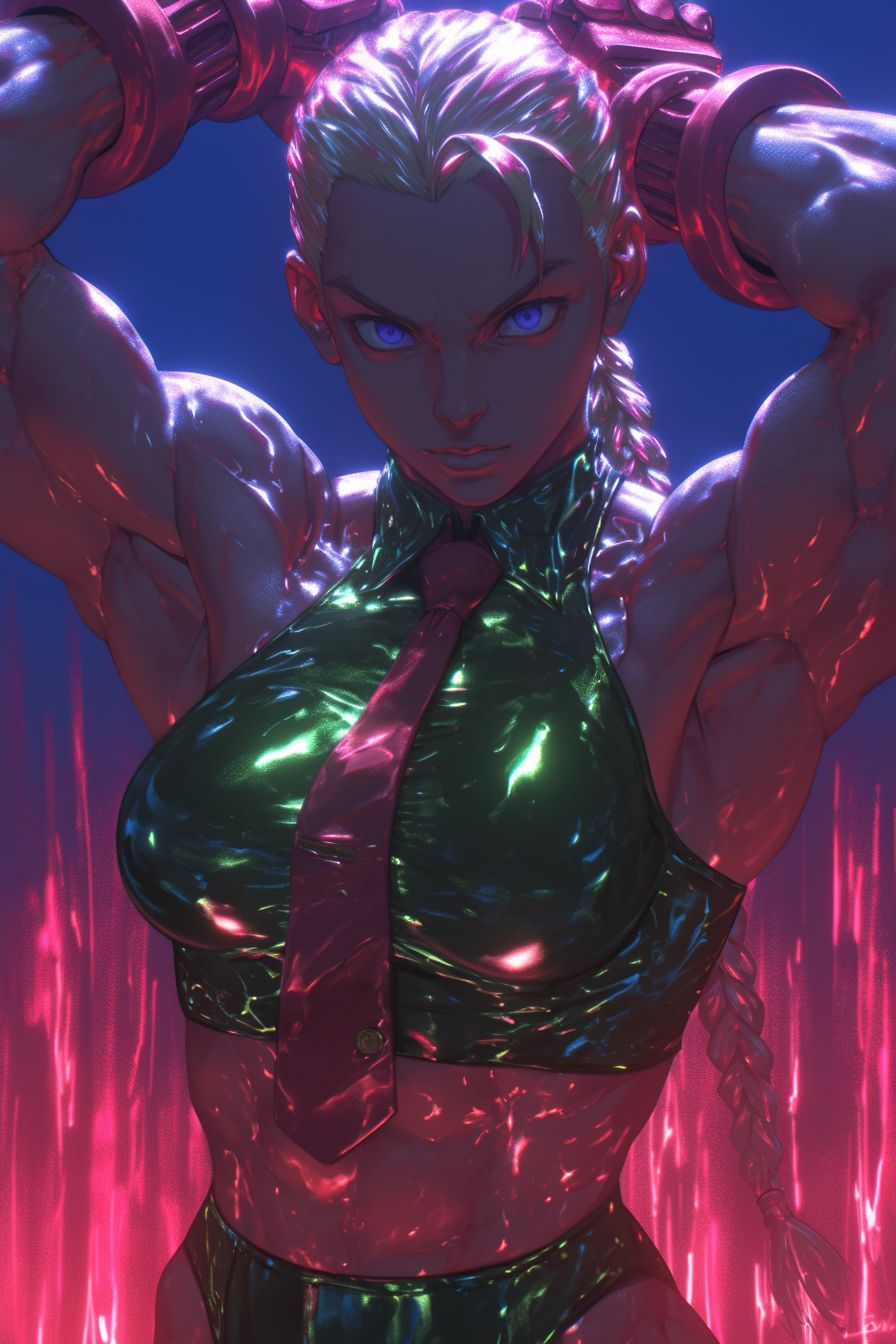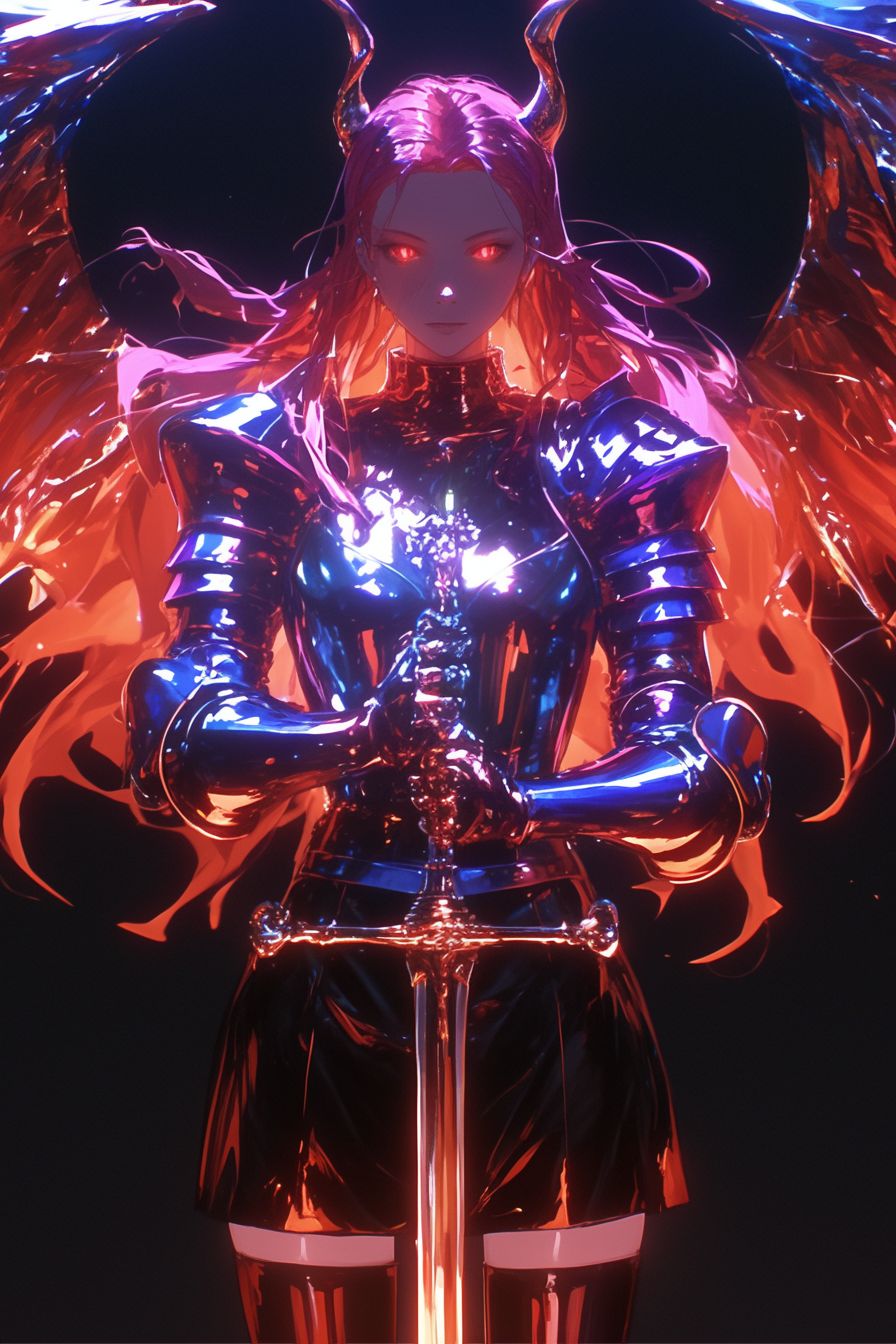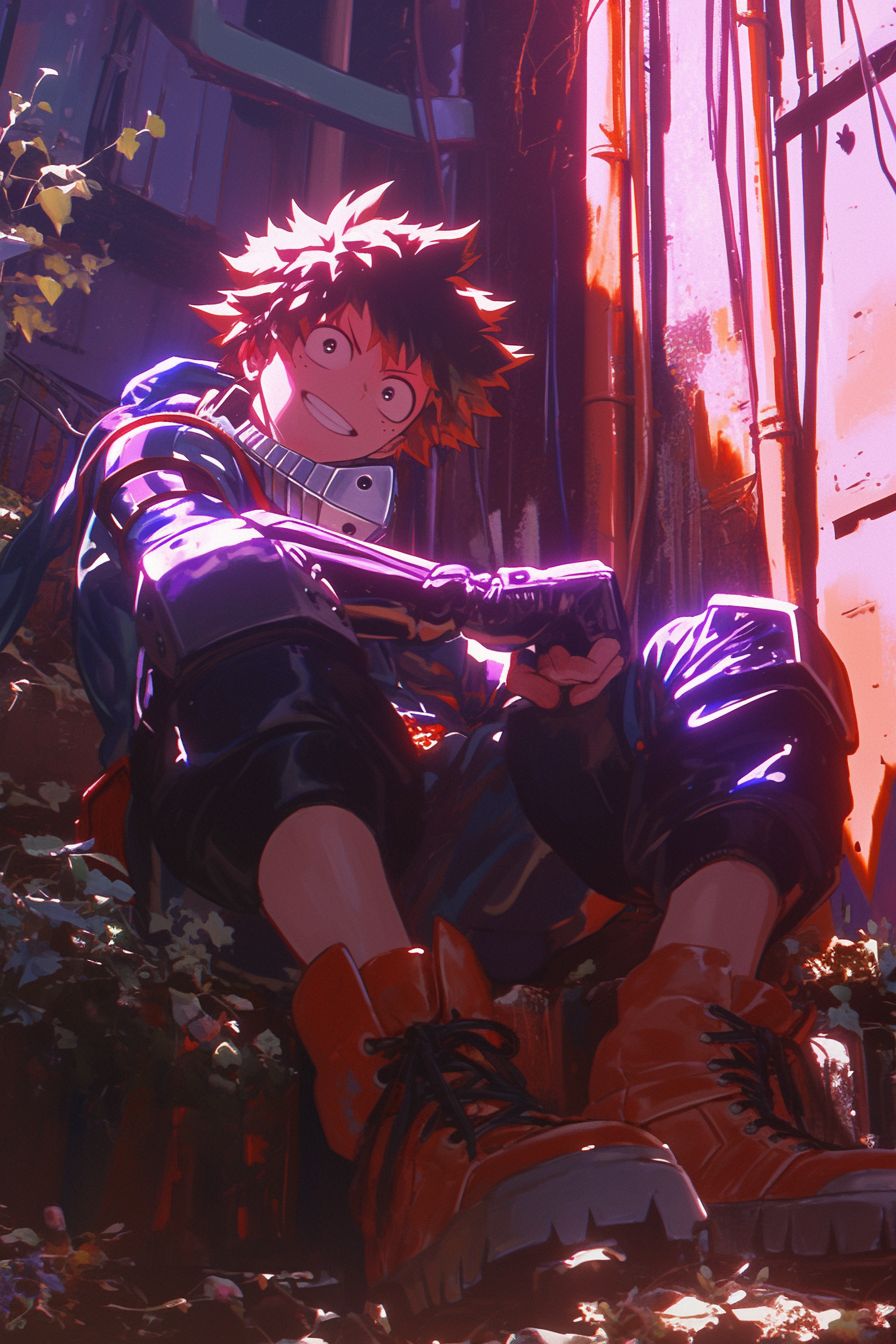Art Style Type
This SREF style blends elements of minimalism, cyberpunk, and magical realism. It carries a strong retrofuturistic quality, like a vision of the future as imagined in the past. The montage-like composition and dreamy atmosphere evoke postmodern art, while the color treatment borrows from impressionist light effects but presents them in a more modern and digitized manner.
Style Characteristics
The most prominent characteristic of these images is their dreamlike atmosphere and frosty, misty texture. The color palette is dominated by greens and yellows, creating a surreal and somewhat melancholic feel. The light treatment is distinctive, appearing to glow from within, creating hazy and soft boundaries. The overall images have a blurred, frosted quality, as if viewed through fog or frosted glass, giving a sense of detachment. This style is impressive because it successfully balances futuristic elements with nostalgia, creating a visual experience that feels both alien and familiar.
Style-Enhancing Prompt Keywords
- Dreamscape atmosphere: Adding this term enhances the haziness of the images, making scenes appear more like fragments occurring in dreams or deep memories
- Retro-futuristic: Using this word can strengthen the temporal paradox feeling in the work, enhancing that sense of the future as imagined from the past
- Luminous mist: Adding this element improves the layering and depth of the image, allowing light to create richer visual effects as it passes through the fog
Recommended Application Scenarios
This style is particularly suitable for science fiction book covers, music album artwork, indie game visual design, psychological-themed posters or promotional materials, illustrations depicting inner worlds or memory fragments, and any creative context that needs to express feelings of detachment, nostalgia, or dreamlike atmospheres.
 Library
Library